The coastal protection forest of Van Loc commune is likened to a "green shield" protecting the mainland from ocean waves.
Van Loc commune has 600 hectares of coastal protection forests, the largest in Thanh Hoa province. The coastal protection forests in the locality not only respond to natural disasters, but also create livelihoods for the community. Chairman of Van Loc commune People's Committee Le Ngoc Hung said: In the past, every time the rainy and stormy season began, people were very worried. I still remember that in 2005, people had to flee the storm because the high tide overflowed the dike. That year, storm No. 7 came quickly, the dike broke, seawater flooded in, causing great damage to people and property. However, more than 100m of the dike was covered and protected by the mangrove forest and remained intact. Immediately after the storm, the sea dike was invested in and solidly built. From the story of the remaining dike after the storm, local people determined to develop coastal protection forests. Rely on coastal protection forests to prevent high tides, protect the dike body, and protect the villagers".
Mangrove forests help prevent erosion and protect the coast from the impact of waves. In each season, people living along the coast go into the mangrove forests to catch aquatic and seafood products to maintain their income. In particular, under the canopy of the mangrove forests along the coast of Van Loc commune, there is a species of tree-climbing fish (local people often call it "swoosh fish"), with prices ranging from 200,000 VND - 300,000 VND/kg. In addition to direct exploitation, people also take advantage of the natural environment of coastal protection forests to create income-generating livelihood models, such as raising bees, ducks, crabs, tiger prawns, mullet, goby, etc. In addition to aquatic resources, the ecotourism potential of coastal protection forests is enormous. In the local tourism development planning roadmap, the commune government focuses on building tourist routes through the casuarina, mangrove, and parrot forests.
With a 102km coastline, Thanh Hoa is a province strongly affected by climate change. Extreme weather events such as storms, floods, droughts, and landslides make forecasting and response more difficult and complicated. This has caused serious impacts on people's lives, production, and coastal infrastructure. To cope with the above situation since the 1990s, the Department of Agriculture and Environment (DARD) has directed the Forest Protection Department to coordinate with relevant sectors and coastal localities to promote forest planting, management, and protection, in order to increase forest cover, increase protective functions, and contribute to responding to climate change and rising sea levels. Since then, more than 800 hectares of coastal protection forests have been growing, not only contributing to restoring the marine environment, minimizing natural disaster risks, and limiting coastal erosion, but also creating livelihoods for coastal people.
In addition, as the core force in forest protection and development, in recent years, the Forest Protection Department has regularly organized training courses on forest management and protection for officials and people in coastal localities. At the same time, leaflets and signs have been distributed to promote the protection of mangrove biodiversity; the role and function of coastal protection forests. Thanks to that, people's awareness of the role of coastal protection forests has been raised. The illegal encroachment of forest land for aquaculture has been gradually controlled, forest biodiversity has been protected and increasingly developed.
On the other hand, the Forest Protection Department also coordinates with organizations, localities and people to restore and develop coastal protection forests through a new planting and forest regeneration program. From 2020 to present, the whole province has newly planted 256.37 hectares of coastal protection forests; restored 138.66 hectares of poor quality forests. In addition, each year Thanh Hoa province also plants millions of scattered trees to contribute to increasing forest cover, preventing desertification and landslides in coastal areas.
In order to improve the forest planting work to cope with climate change and create better livelihoods for people living under the forest canopy, the Department of Agriculture and Environment continues to implement land allocation associated with forest allocation; build agroforestry models, improve livelihoods, and create jobs for people who are directly involved in forest protection and development. At the same time, call on businesses to invest in developing mangrove ecotourism to create more jobs and increase income for coastal people.
Article and photos: Tang Thuy
Source: https://baothanhhoa.vn/la-chan-xanh-chong-bao-lu-259788.htm



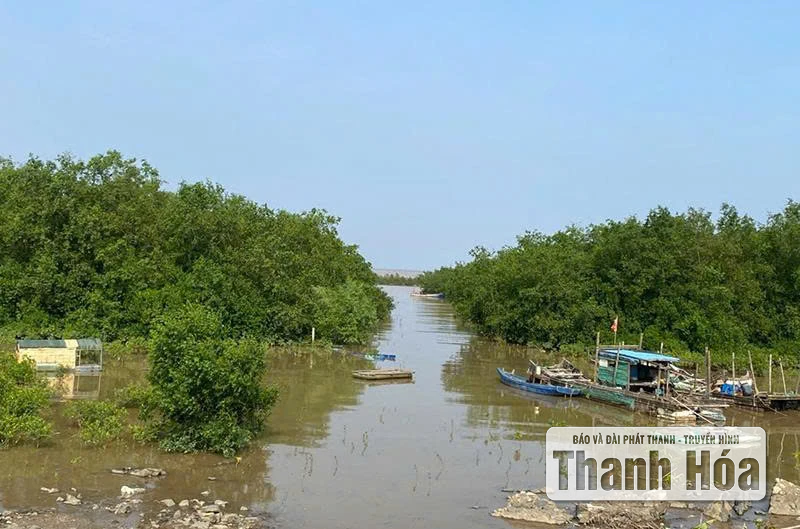
![[Photo] Images of the State-level preliminary rehearsal of the military parade at Ba Dinh Square](https://vphoto.vietnam.vn/thumb/1200x675/vietnam/resource/IMAGE/2025/8/27/807e4479c81f408ca16b916ba381b667)


![[Photo] National Assembly Chairman Tran Thanh Man holds talks with New Zealand Parliament Chairman](https://vphoto.vietnam.vn/thumb/1200x675/vietnam/resource/IMAGE/2025/8/28/c90fcbe09a1d4a028b7623ae366b741d)

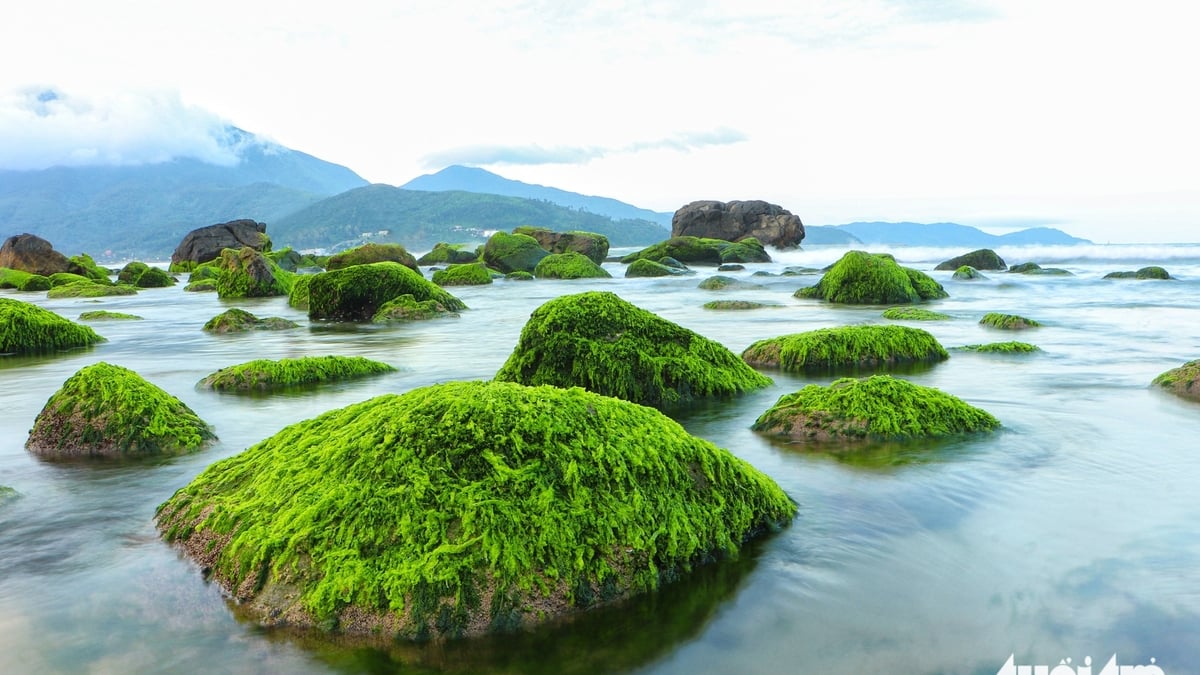




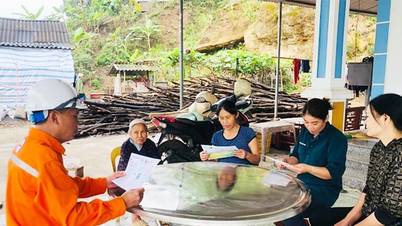


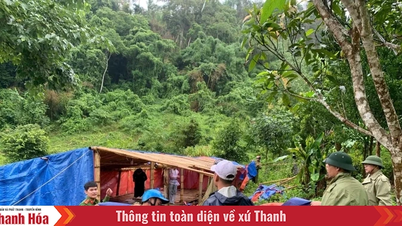
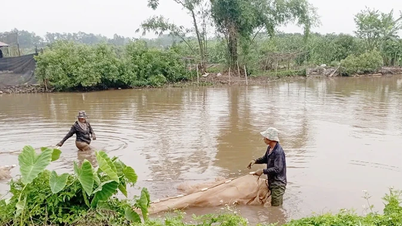


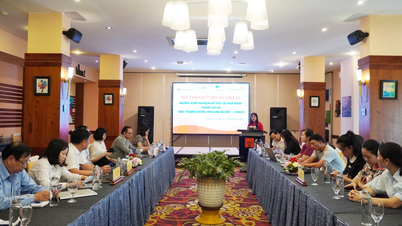











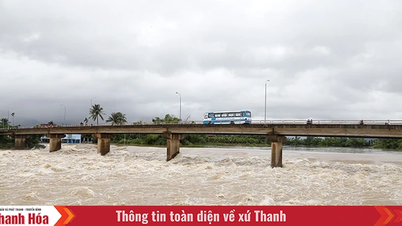

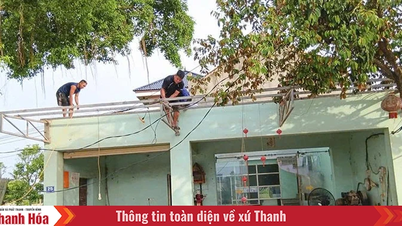






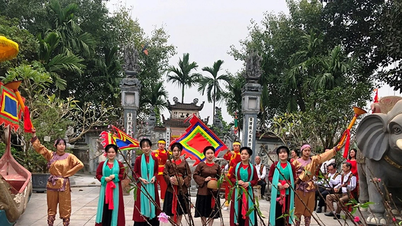





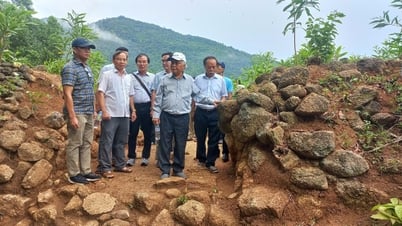













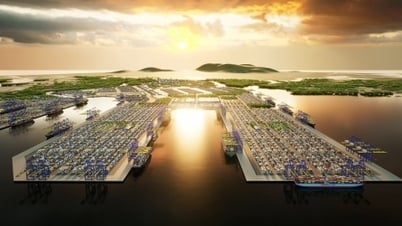

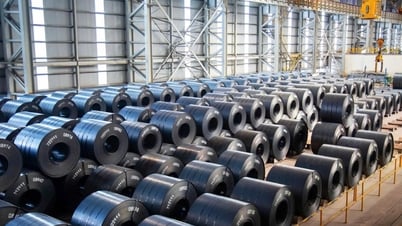












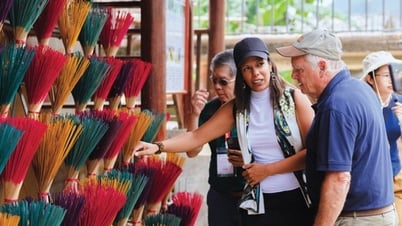



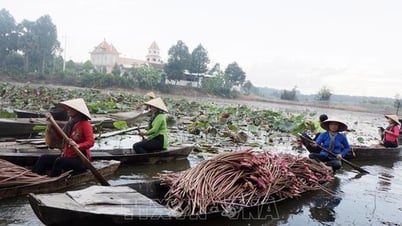





















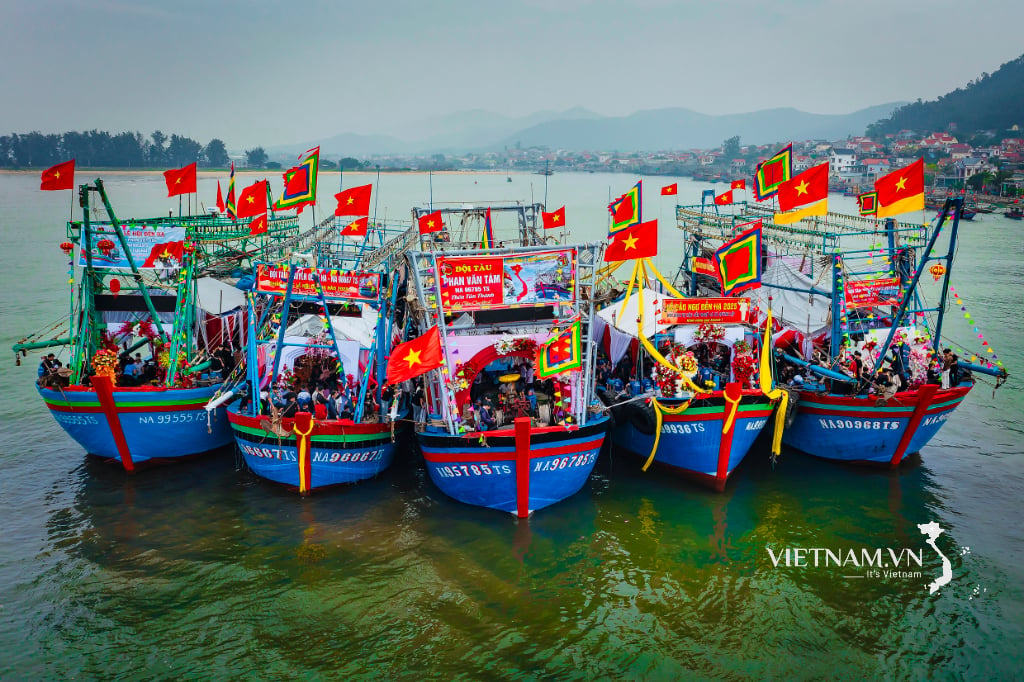

Comment (0)